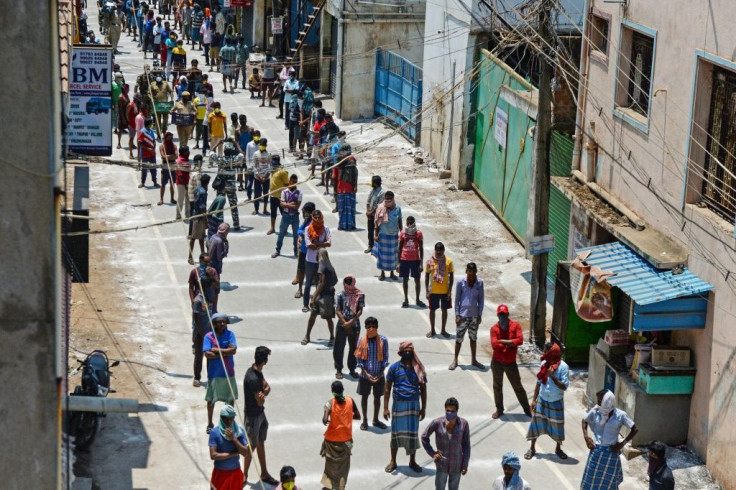India Has A Novel Plan to House COVID-19 Patients: 5,000 Train Coaches
Until a vaccine or an effective drug regimen is developed to stave off COVID-19, the best ways to defeat the pandemic are social distancing, hand washing, and testing. If one tests positive, the next step is to isolate or quarantine the infected person. India, with nearly 1.3 billion people has figured out a unique way to provide that isolation by using thousands of train coaches as makeshift isolation wards.
The Indian Railways system is the predominant mode of transportation serving an estimated 23 million passengers each day. It is a huge network of 12,000 trains and over 40,000 miles of tracks that ranks 4th in size behind the U.S., China, and Russia in single country systems. (The European Union is the largest railway system but encompasses multiple countries.)
Two other convenient situations fall into place. First, the number of Indian new cases reported is beginning to ramp up, the same as it did in Italy and other countries. People have been ordered to stay home and the travel has come to a complete standstill. A lot of empty trains are sitting idle for the first time in over 160 years.
India has already suspended its passenger trains for the first time after it announced a three-week lockdown on 25 March to contain the coronavirus. As of Thursday, the country had reported 5,519 active cases with 186 deaths, and the numbers are rapidly increasing.
The second situation is that about 40,000 older coaches still in use as of 2017 are in the process of being replaced by newer, lighter, safer, and faster Link Hofmann Busch (LHB) coaches. This leaves up to 15,000 coaches no longer in use and available to be converted to quarantine and isolation wards.
Five thousand conversions are already underway, according to India Railway’s spokesperson Rajesh Bajpai who said to the BBC, “We, at the railways, thought: how can we contribute? So, we came up with this idea and everyone liked it.”
He pointed out that the coaches can be spared as they are mostly trying to convert older ones, and passengers will be fewer than ever in the coming months even if restrictions are eased. He added, “The coach is a shell and inside, you can provide anything - a drawing-room, a dining room, a kitchen, a hospital.”
Preparations for the converted coaches are being readied in 130 different locations across the country but it will be up to the states to decide in which stations they want the coaches. According to Bajpai, choosing the location is a process in itself because the coaches need regular water and electric supply.
Other problems with the conversions are that they lack air-conditioning and they have Indian style toilets that may prove difficult for elderly and sick people to assume the proper squatting position to use them.
Vivek Sahai, a former chairman of the railway board said, “The patient will be very uncomfortable. Doctors and nurses will be wearing protective gear, and they will find it very difficult. I am not saying it cannot be done but they have to take care of these things. But if anybody can do it, it’s the railways.”
At best the converted coaches will only partially solve the problems associated with the pandemic. Dr. Sumit Sengupta, a pulmonologist said, “You don’t just need space. We need thousands of doctors and nurses if you really have to make a dent.”

© Copyright IBTimes 2024. All rights reserved.











